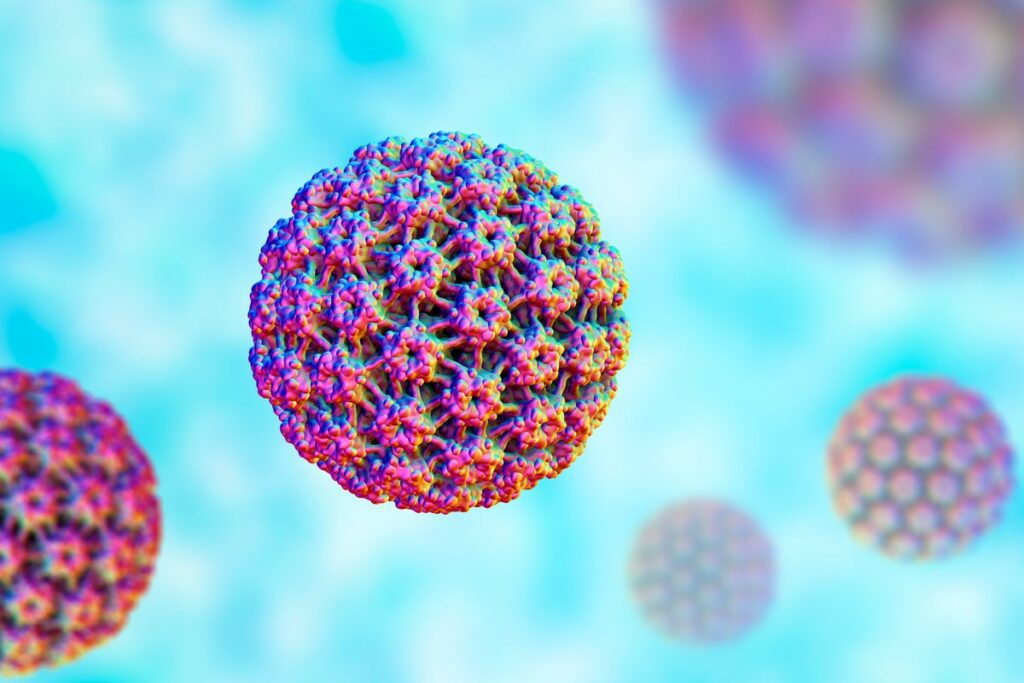HPV: Beyond Cancer—The Unexpected Link to Heart Disease
Human papillomavirus (HPV) is well-known for its role in causing various cancers, including cervical and throat cancers, affecting nearly 38,000 individuals in the U.S. annually. Recent research, however, highlights a potential new risk associated with HPV: an increased likelihood of heart disease.
Research Findings on HPV and Cardiovascular Health
An extensive analysis encompassing seven studies with nearly 250,000 participants revealed that individuals testing positive for HPV had a 33% higher risk of developing cardiovascular disease compared to those with negative results. Stephen Akinfenwa, an internal medicine resident at the University of Connecticut School of Medicine, expresses interest in further investigating whether the HPV vaccine, which can prevent 90% of cervical cancers, could also lower heart disease risk.
The HPV Vaccine: A Major Preventive Measure
The HPV vaccine has been a game changer since its recommendation for adolescents in 2006. Administered in a series of two doses recommended for 11-12-year-olds, or three doses for those aged 15-26, it protects against nine strains of HPV. This prevention method is notably most effective when given before sexual activity begins.
Evidence of its efficacy is notable, as cervical cancer fatalities among women under 25—a demographic first eligible for the vaccine—declined by 65% from 2012 to 2019.
Investigating the HPV-Heart Disease Connection
Akinfenwa highlights the significance of identifying the association between HPV and heart disease due to the virus’s preventable nature. Despite the promising data, he acknowledges that this correlation requires thorough examination, particularly regarding the HPV vaccine’s role in heart disease prevention.
One pivotal study conducted in South Korea followed women who underwent routine HPV screenings. Those identified with high-risk HPV strains were nearly four times more likely to exhibit signs of heart disease, such as blocked arteries, compared to their HPV-negative counterparts.
Understanding the Broader Implications
While the analysis primarily focused on women, it is crucial to note that men are equally at risk. A study involving patients treated for head and neck cancers indicated that those with HPV were more susceptible to strokes. Given the widespread nature of HPV—infecting over 90% of sexually active individuals—it is critical to address gaps in vaccination rates, which currently stand at only 61% among eligible adolescents.
The Mechanism Behind HPV and Cardiac Risk
Researchers propose that HPV might not directly attack heart tissues but may elevate heart disease risks through chronic inflammation. The immune response triggered by the infection could damage blood vessels, promoting the development of arterial plaques that can lead to heart attacks or strokes.
Although most HPV infections resolve within a couple of years, chronic cases significantly heighten cervical cancer risks, paralleling concerns about potential long-term cardiovascular effects.
Infectious Disease and Heart Health
Pathogens like viruses and bacteria have long been established as contributors to heart disease. From myocarditis caused by influenza to rheumatic fever linked with untreated strep throat, various infections can lead to significant cardiovascular issues. The implications of preventing these infections through vaccination extend well beyond immediate health concerns.
Experts like Amesh Adalja from the Johns Hopkins Center for Health Security emphasize that the preventive capabilities of vaccines often yield unexpected health benefits through the reduction of inflammation, which could impact heart disease outcomes positively.
Future Directions for Research
To deepen understanding of how HPV impacts heart health, researchers could compare inflammation levels in vaccinated versus unvaccinated adolescents. Akinfenwa asserts, “It’s logical to think preventing the HPV infection itself via vaccination will reduce the risk of cardiovascular disease.” However, he cautions that empirical testing remains essential.


